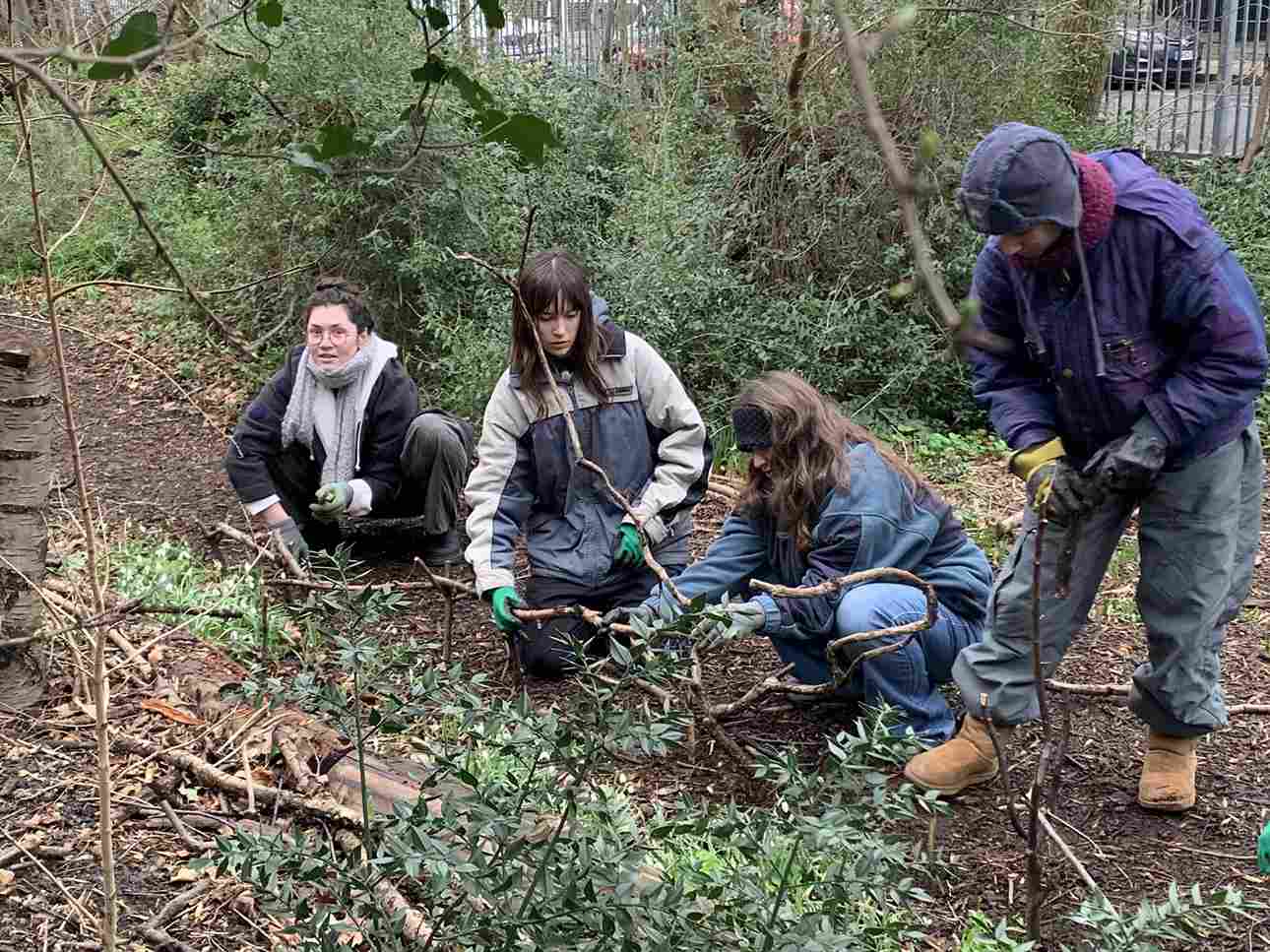.png)
Wellbeing and Public Transport Environments

Summary
Our environments have a huge impact on our wellbeing, and we spend a long time in designed environments; however, these are often not designed with impact in-mind. Through this research, I explore how people experience transport spaces, using the case study of London Bridge Station, and how its features play a role in this, to highlight successes and failures. The aim is to apply this to other transport environments, or public environments entirely.
Approach and Methodology
Inspired by Transport for Humans: Are We Nearly There Yet? and my passion for designing spaces that have a positive impact, I chose to analyse Public Transport Environments - an area that has a large disparity between human (user) needs and its design, despite being a space people frequent regularly.
I collected behaviour ethograms, decibel readings, object (permanent and temporary) checklists, documented lighting conditions, and took auto-ethnographic field notes/made participant observation maps. I then used NLP to analyse the (VAD) sentiment of these behaviours and the Sensorimotor associations to these objects.
I explored the disciplines of Behavioural Science, Neuroscience/Neuroarchitecture, and Urban Design and Architecture. Reviewing literature across these fields highlighted problem areas, gaps in existing research and what success might look light.
Combining these disciplines was important in order to analyse the impact of urban or architectural design on people and establish principles when creating new spaces. Using methods that range across these disciplines was a useful way to ensure this interdisciplinarity and synthesis of perspectives and disciplinary priorities.
Proposal/Outcome
Through the literature review, data collection, and analysis, this research project concluded that the components of the London Bridge Station environment do impact the displayed wellbeing of its users. However, this is not a direct impact but rather the result of an accumulation of favourable/unfavourable components and one unfavourable component seems to be able to be compensated for by other more attractive components. Whilst it is important to consider all senses when designing, their value is still anchored in the ability to satisfy the visual sense. Overall, this research underlines the necessity of designing spaces to have a positive impact on user wellbeing by using well-informed data.This project resulted in an architectural portfolio combining data-infographics, data-informed sensory maps, and design principles summarising the findings to aid the evaluation and design of these public environments, and perhaps in the future, others too.
Beyond Outcomes
Want to learn more about this project?

Overall LIS Journey
Outside of LIS, I completed an internship with KPMG, doing a research project in their Climate Risk and Strategy team on Diversity and Inclusion for Net Zero. I have also volunteered at the London Design Festival where I got to witness recent designs produced out of research for environmental, social, and experiential impact. I took part in a Makeathon, a three-day long design process, responding to the challenge of how to increase access to education.
About me
.png)
Before LIS, I had a keen interest in multiple disciplines of design, from the built environment and Architecture, to Interior and Product Design. Yet, when following this passion there always felt like something was missing - I understood that what inspired me the most was where design helped someone, or something. Action is what I think a creative approach should look like.I have always felt drawn to the breadth of knowledge available and how when combined, can produce richer insights, explanations, and creations. I never felt satisfied with doing just one discipline of design; I prefer to solve problems that bridge them all. Beauty in design is important to me, but so is impact; connecting these two principles is a common thread through my projects.
.svg)
Other Related Projects
Back to the repository


- A Pilot Based on Heathrow's Sustainability Goals







